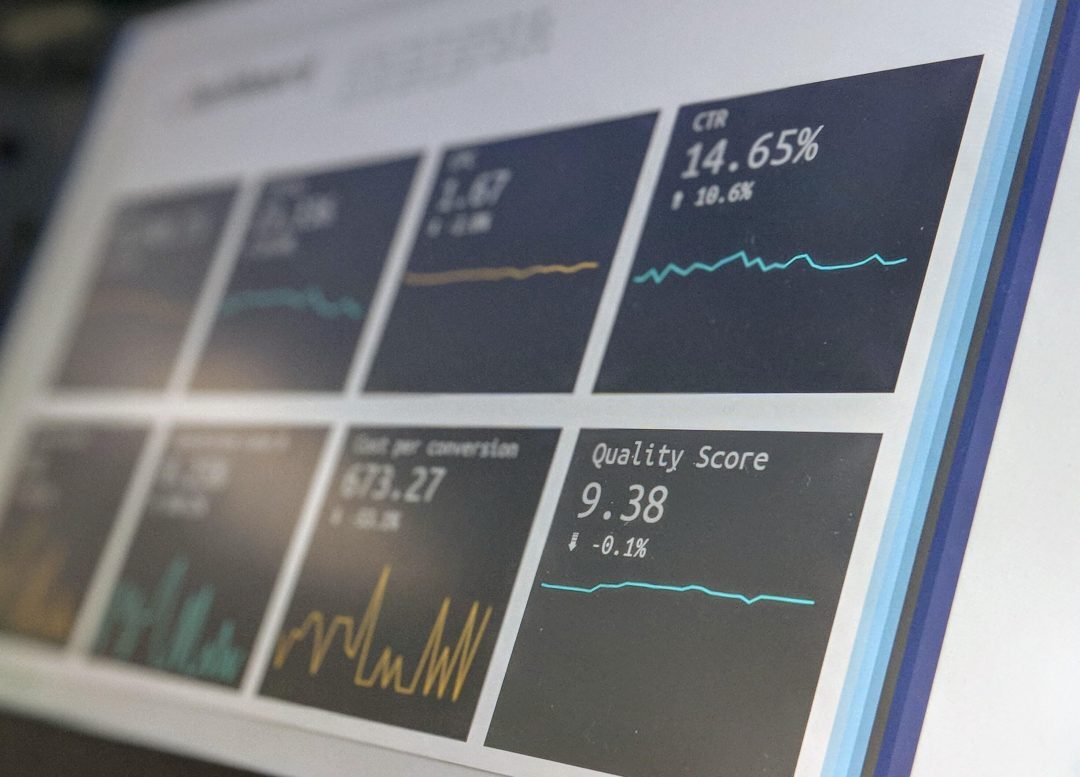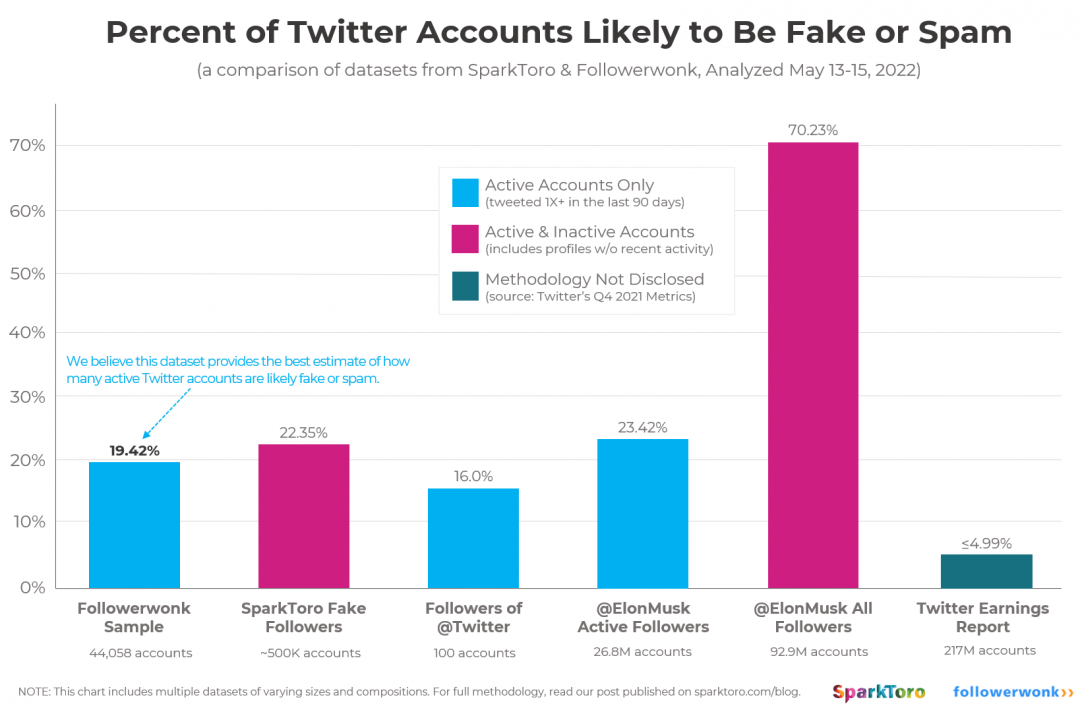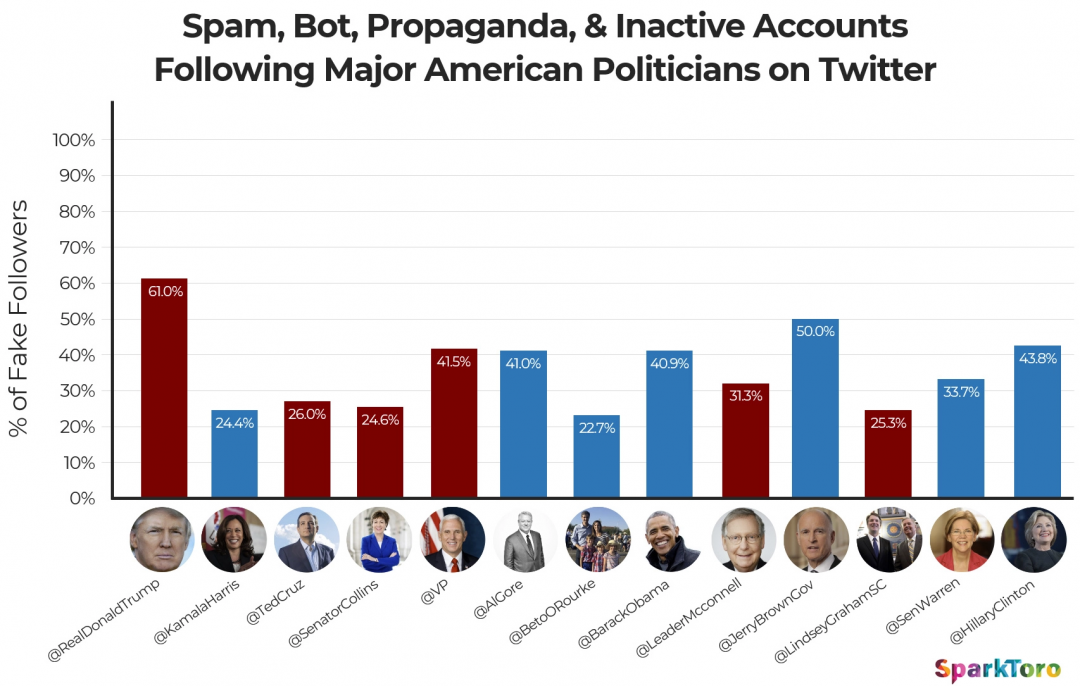Elon Musk has hit the headlines. Yet again.
And this time the story centres on a heated argument over Twitter bots.
Bots are (seemingly) central to why he’s attempting to walk away from his planned $44 billion acquisition of the platform.
Twitter claims bots are a small part of the company’s user base, less than 5% in total. But Musk alleges the true number is far higher. And the two camps have been going back and forth over the issue for several weeks now.
Is Elon just trying to renegotiate a better price? Will Twitter win if the case goes to the courts? Will the deal fall through? All that remains to be seen. But the fact that such a major acquisition has been put in jeopardy by bots highlights just how problematic and prevalent they’ve become.
Problems caused by bots are nothing new. They’ve been plaguing marketers for years through click fraud and invalid traffic. But the scale of the problem continues to grow. A recent report published by Juniper Research found that losses due to digital ad fraud are set to reach $68 billion globally this year, rising from $59 billion in 2021.
Twitter bots are something we know a lot about. Through building our click fraud prevention platform we’ve developed a deep understanding of how they work, how to detect them, and how to block them. So we thought we’d use this opportunity to provide some context on the unfolding Elon vs Twitter saga.
We’ll cover what Twitter bots actually are, how they operate, how to spot them, and what marketers can do to minimise their impact on ad campaigns.
What exactly is a Twitter bot?
Pretty much everyone has a fairly good idea of what a Twitter bot is. The clue is in the name. But let’s quickly recap the fundamentals of how they tend to operate and coordinate.
Twitter bots are automated accounts controlled by bot software. Their activity is programmed to resemble that of real Twitter users, such as liking Tweets and following other accounts. But their true purpose is to tweet and retweet content to try and achieve a specific goal.
Often these goals are harmful. For example trolling targeted individuals, spamming, trying to influence the outcome of elections, spreading malware, or amplifying COVID misinformation.

In these cases, Twitter bots are usually grouped together into something called a ‘botnet’. These fake accounts all work together in synchrony to help strengthen their legitimacy by liking and following each other as if they were real. Large scale coordinated activity makes the bots much more effective in achieving their nefarious goals.
Before we move on, it’s important to note not all bots are bad. Certain kinds of bot activity is genuinely helpful - such as broadcasting important warnings for weather emergencies in real time, sharing informative content at scale, and sending automatic replies via direct messaging.
Twitter bots in the news
The Elon Musk vs Twitter saga certainly isn’t the first time Twitter bots have made the news. They’ve been causing trouble across the globe for years now:
The 2016 US Presidential Election - Twitter revealed that more than 50,000 Russia-linked accounts used its service to post automated material about the 2016 US election. They subsequently removed all the accounts linked to Russia and turned over details to investigators that were looking into Moscow’s interference with the US election campaign.
Gender Pay Gap Bot - On International Women's Day (IWD) 2022, a Twitter bot caused a stir by calling out UK companies attempting to mask their level of existing gender inequality with PR exercises and platitudes on social media. Every time a large organization tweeted about their IWD initiatives, the account responded by publishing their gender pay gap.

The Killing of Jamal Khashoggi - Twitter suspended a network of suspected bots that pushed pro-Saudi Arabia talking points about the murder of journalist Jamal Khashoggi. The bot accounts were coordinated to push messages expressing doubt about news stories reporting that Khashoggi was killed at the Saudi consulate in Turkey shortly after his disappearance in 2018.
Stories like these have made Twitter bots far more prominent in the public consciousness. Many people now understand the kinds of threats they can pose. But the sheer scale of the problem makes it difficult to tackle.
5 Quick signs to help you recognize a Twitter bot
Some bot accounts are harder to detect than others. But in general, there are 5 common red flags that tend to emerge when you look a bit closer at the account details and activity:
- Account description - No photo, bio, or description. Or a username containing lots of numbers.
- Rapid activity frequency - Tweeting and retweeting faster than any human possibly could.
- Automation - When an account tweets short, generic replies that appear automated.
- Account creation - Bots tend to have fairly recent account creation dates.
- Follower to Following Ratio - Bots usually follow lots of accounts, but have very few followers.
How Twitter bots affect marketers
Election tampering, trolling, and misinformation aside, Twitter bots can also cause real problems for marketers running ad campaigns on social media.
The whole point of spending on social advertising is to increase your reach on a given platform. But if your ads end up reaching robots rather than real people, that’s a problem. A report published by Google in 2014 found that 56% of ads on the internet are never seen by a human.
When bot accounts perform their automated activity of scrolling, clicking, following, and posting they inevitably end up “viewing” ads in the process. But these views will obviously never convert. So you effectively end up paying for worthless impressions and clicks.
In effect, this means the performance metrics on your Twitter ad campaigns are rarely 100% accurate. There will always be some degree of inflation due to invalid bot activity. And your overall conversion rate and return on advertising spend (ROAS) can suffer as a result.

How prevalent are bots and fake users on Twitter?
The impact of bot activity tends to vary across industries and topics. Andrea Stroppa, a former data consultant for the World Economic Forum, estimates that bot accounts have accounted for about 10% of Twitter’s global audience over the past nine years. But he also found that the rate rises to as much as 20% for some specific topics such as cryptocurrencies.
In another large-scale analysis, SparkToro and Followerwonk estimated that 19.42% of active accounts on Twitter are fake or spam. This figure is nearly four times Twitter’s Q4 2021 estimate, lending credence to Elon Musk’s side of the ongoing argument:

In an older analysis from 2018, SparkToro examined every Twitter account following Donald Trump and found 61% were bots, spam, inactive, or propaganda. Obviously Trump has since been unceremoniously banished from the platform. But this data points to the true extent of the problem. While Twitter bots were most prevalent among Trump’s following, they were also widespread amongst other US politicians, from both sides of the aisle.

Regardless of the industry you’re working in, you should always maintain an awareness of the impact Twitter bots can have on your ad campaigns. Unfortunately, the motivation, sophistication, and returns for fraudsters carrying out bot-driven activity has only increased as a result of the pandemic, with more transactions happening online than ever before.
What can marketers do to combat Twitter bots?
There are a few different ways to monitor and prevent bots from clicking on your ads:
1. Be Proactive
If you want to protect your ad campaigns from fake users you should start thinking about it before it actually happens. And that means keeping a close eye on your ad performance metrics. If you aren’t continuously reviewing your numbers, it becomes very difficult to spot any anomalous or suspicious activity. Once you establish a reliable baseline of performance data, you should be able to spot any foul play before it wastes a significant amount of your budget.
Keep in mind this approach is labour-intensive and bots have evolved to behave like humans, making them harder to detect.
2. Adjust Your Location and Placement Targeting
In certain cases, you may be able to eliminate click fraud by adjusting your ads location and placement targeting. For example, if you notice a spike in invalid clicks at the same time as a surge in traffic from a particular country or region across mobile, you can modify your targeting on Twitter to exclude that location and device. Be careful with this approach though. Only do this when you’re certain the majority of the clicks generated from the given location are fraudulent. Otherwise you can end up blocking valid traffic and your conversions will drop.
3. Use Click Fraud Protection Software
Lunio protects all your ad campaigns from invalid traffic and fake users across Twitter, Google, Facebook, Instagram, LinkedIn, Pinterest and more. You will be able to automatically create dynamic audiences based on invalid traffic and fake users, and exclude them from any existing or future ad campaigns you run on Twitter.
See our solution in action today with a free trial. Get started now!



